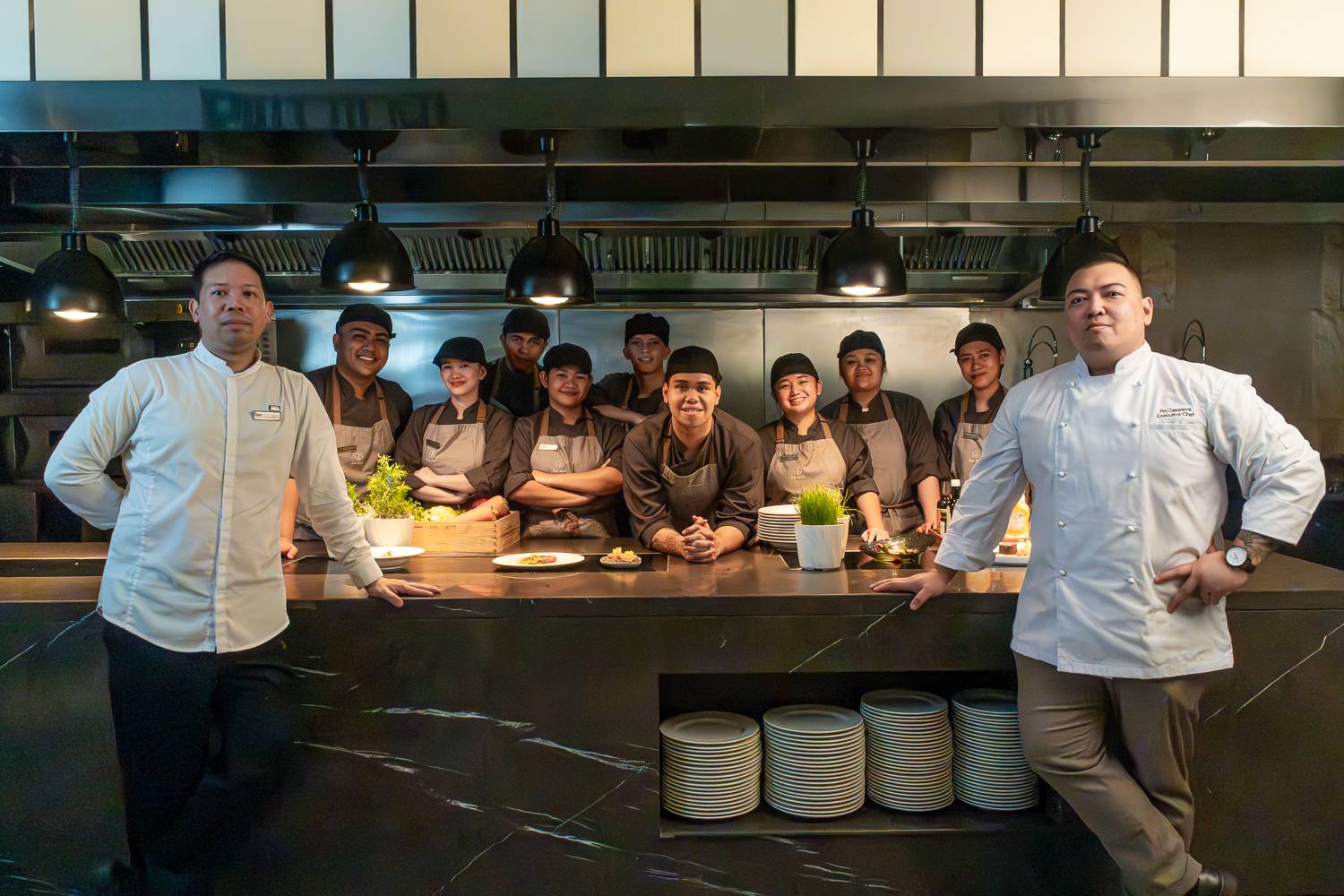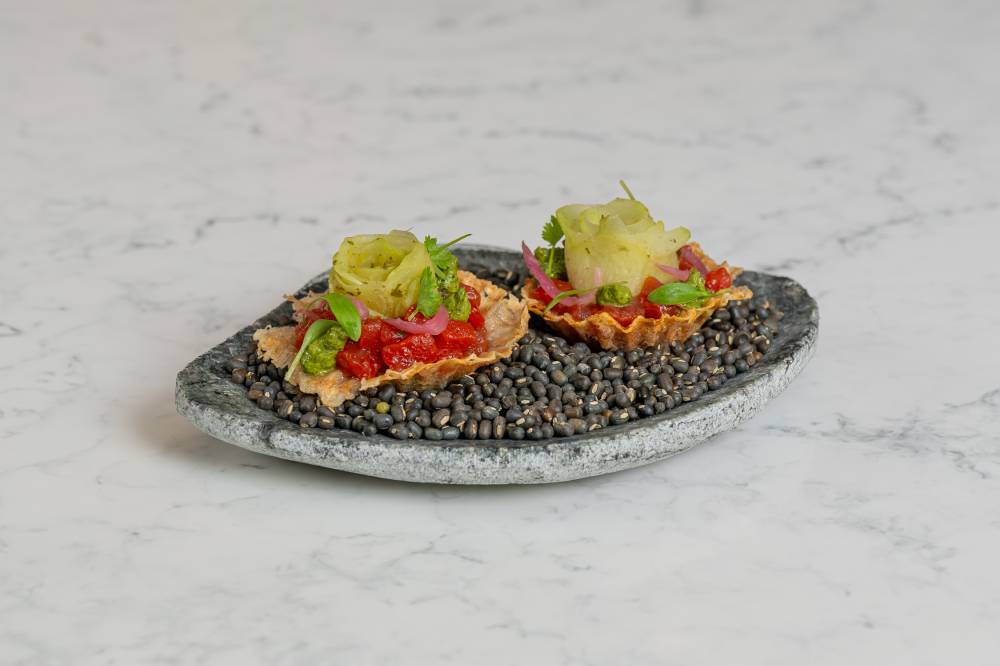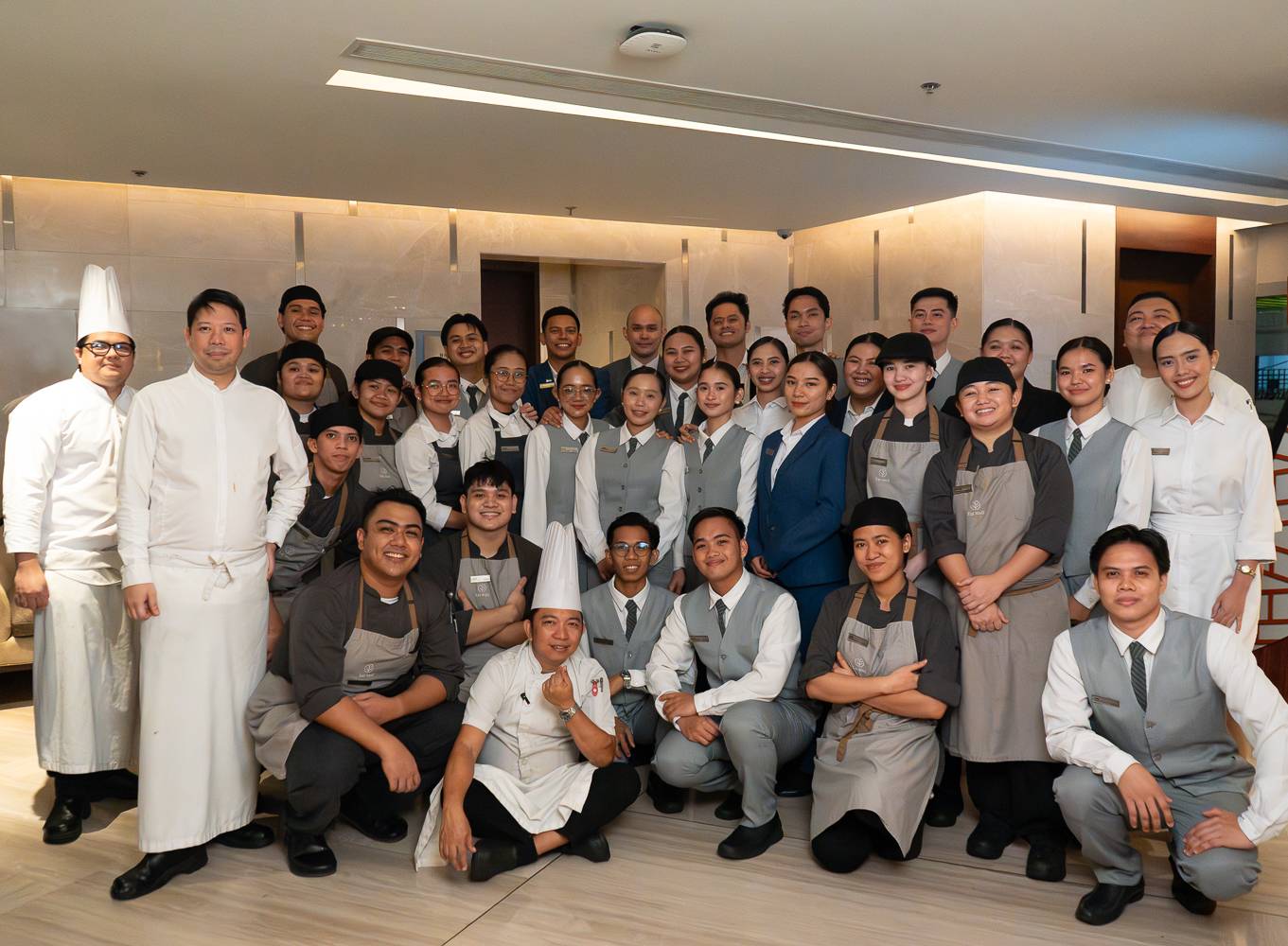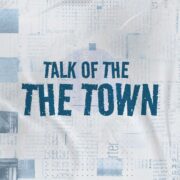
The kitchen at Seasonal Tastes in The Westin Manila seemed particularly lively that evening, with interns from various universities huddling and fussing over vibrant plates of internationally inspired cuisine.
Select guests were treated to a preview of “Culinary Showcase,” a one-night-only charity dinner for the benefit of Save the Children Philippines. The seven-course degustation menu, to be served on May 19 at 7 p.m., marks the culmination of the students’ Mentor-Mentee Program with the award-winning hospitality team.
For around two months, graduating students from Bulacan State University, De La Salle Lipa, Lyceum of the Philippines, National Teachers College, Our Lady of Fatima University, Polytechnic University of the Philippines, and University of Santo Tomas learned the ropes of putting together a dinner event—from creating the menu to serving the dishes, and everything in between.

“Each intern is assigned a role and responsibility in the planning and execution. These include leadership roles, such as executive and sous-chefs, restaurant managers, and more,” Westin Manila director of operations Grace Weihrauch said in a statement.
Led by the evening’s executive chef, Tristan Palmes, diners get to journey through the continents for P3,300 per person without ever having to leave their tables.

The South American amuse bouche proves petite but potent. The plant-based ceviche (seaweed-infused watermelon, cilantro aioli, and pickled chayote) teases the palate and awakens the appetite with its frisky combination of light and crunchy, peppery, and citrusy. However, the one-bite wonder is gone too soon, leaving guests ready for more.
The Australian moss beef tartare serves subtlety on a plate: the slight sweetness from the herbed crumble dusted over raw minced tenderloin balancing with the hit of tang coming from pickled vegetables and lemon gel, and delicate sweet-bitterness from the tarragon aioli. The Vermont corn and chicken chowder representing North America has a sweetness that hits the back of the throat, but which the chicken mousseline in sweet corn glaze and whipped cream cheese are able to temper.

Local tastes
The team went local for Asia with ginataang sugpo at kalabasa. The deconstructed version of the Filipino viand plays with proportions: The prawn is huge and juicy, the thick sauce reduced to a slather of mild coconut and ginger flavors. The delicate kangkong crisps are a fleeting yet curious footnote.
The Antartica-inspired palate cleanser is a refreshing cucumber and mint sorbet, served in an ice bowl. Super refreshing in different ways, it’s best to finish the spoonful of lemon granita with basil gel and oil before it melts. But that’s hardly a problem with the lively dance of flavors that leaves one scraping the bottom of the ice bowl for more.


The beef peri-peri is paired with the trinity of African sauce: smoky yet spicy, cilantro with a kick, and a delicious citrus-garlic dip. The tamarind jus makes for a delectable addition for the sous vide grainge beef rump medallion that’s tender on the inside but has a bit of a chew on the outside. Intriguingly, each element of this dish is actually able to shine on its own—even the couscous and side vegetables.
Guests are brought to Europe for the final course with an interactive dessert. Spiced Rico pear poached in red wine encased in pear-shaped chocolate sits atop a faux plate that diners must break, revealing the rest of the treat. The mix of textures and sweetness combines so many elements, each spoonful creating a different experience.

“We want the guests to experience the comfort food of every continent,” Palmes told Lifestyle, adding that the “Culinary Showcase” team planned the menu with the guidance of Westin Manila’s executive chef Rej Casanova and executive sous chef Dale Yulo Sy.
“It’s not easy to make multiple cuisines that will complement each course. From South America to Europe, even the Antarctica-inspired dish was really something refreshing,” added Casanova.
Visit westinmanilahotel.com for details; book a table via qrco.de/CulinaryShowcase.








